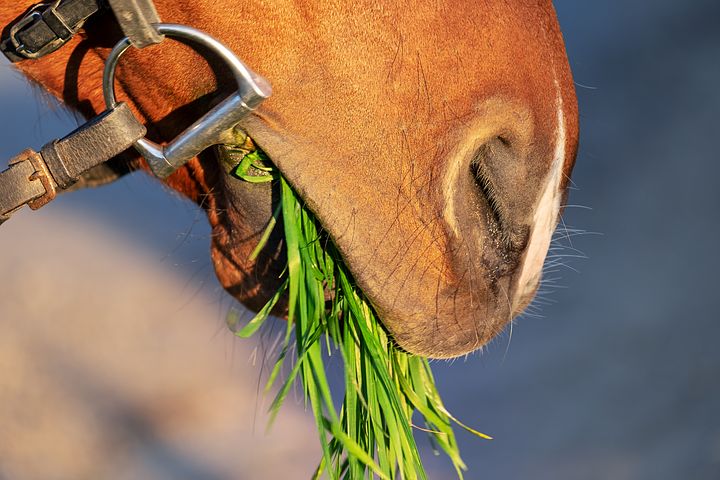You’ve likely noticed your horse’s energy levels, coat quality, and overall health fluctuate with dietary changes. A truly balanced equine diet isn’t merely about volume—it’s about precise nutritional composition tailored to your horse’s specific needs. From forage foundations to micronutrient ratios, each element plays a crucial role in maintaining optimal health. While basics apply universally, the ideal balance shifts dramatically based on age, work level, and health status. What might your horse’s individual nutritional profile require?
The Foundation: High-Quality Forage as the Cornerstone of Equine Nutrition
Three core principles underpin effective equine nutrition, with high-quality forage standing as the most fundamental element. Your horse’s digestive system evolved to process fibrous plant material continuously, making proper forage selection critical to maintaining gastrointestinal health.
When evaluating hay or pasture options, analyze both nutritional content and digestibility. Timothy, orchard grass, and alfalfa each offer distinct nutritional profiles suited to different equine needs. Additionally, effective forage storage prevents mold formation and nutrient degradation. Implement moisture-controlled environments and consider testing stored forage periodically for nutritional stability.
Remember that forage should constitute 1.5-2% of your horse’s body weight daily, forming the foundation upon which all other nutritional components build.
Essential Nutrients: Balancing Proteins, Carbohydrates, and Fats
With forage providing the foundation for your horse’s diet, attention must focus on the macronutrients that power biological functions and maintain tissue integrity. Proteins should comprise 10-14% of your horse’s diet with proper amino acid ratios, particularly lysine and methionine, to support muscle maintenance and growth.
Carbohydrates deliver 70-80% of your horse’s energy requirements through structural (fiber) and non-structural (starches, sugars) forms. Limit non-structural carbohydrates to prevent metabolic disorders.
Fats, when added at 2-8%, increase adequate energy density without excess bulk, improving coat condition and endurance while reducing excitability in performance horses.
Vitamin and Mineral Requirements Across Different Life Stages
Micronutrient requirements vary significantly as horses transition through different physiological stages, necessitating targeted supplementation strategies to maintain optimal health. Foals require higher calcium and phosphorus for skeletal development, while broodmares need increased vitamin A importance during gestation and lactation to support fetal development and milk quality.
Senior horses often struggle with trace mineral balance due to reduced absorption efficiency, particularly copper and zinc. Performance horses require additional electrolytes to replace sweat losses. You’ll need to adjust selenium levels carefully across all life stages, as the margin between deficiency and toxicity remains narrow. Regular blood work helps monitor micronutrient status effectively.
Special Dietary Considerations for Performance, Breeding, and Senior Horses
Beyond basic micronutrient profiles, specific horse categories demand tailored nutritional approaches that address their unique physiological demands. Performance horses require elevated energy sources with strategic carbohydrate-to-fat ratios, preventing glycogen depletion during competition.
Breeding mares need increased protein (14-16%) and calcium during late gestation and lactation, while stallions benefit from omega-3 fatty acid supplementation for reproductive function.
Senior horses face metabolic health concerns requiring low-starch feeds with enhanced digestibility. You’ll need to maintain appropriate phosphorus-calcium ratios (1:2) while incorporating joint health maintenance supplements like glucosamine and chondroitin to support aging musculoskeletal systems.
Feeding Management: Creating a Consistent and Safe Feeding Program
Establishing a methodical feeding protocol represents the foundation of equine nutritional success, regardless of your horse’s specific dietary requirements. You’ll achieve optimal results by maintaining consistent feeding times, typically scheduling meals 10-12 hours apart to support proper digestive function and minimize colic risk.
Proper feed storage is critical—store concentrates in sealed containers to prevent moisture absorption and mold development. Keep hay in well-ventilated areas away from ground contact.
Always introduce dietary changes gradually over 7-14 days, allowing the hindgut microbiome to adapt. Monitor your horse’s weight regularly using a weight tape and adjust portions accordingly to maintain ideal body condition.









